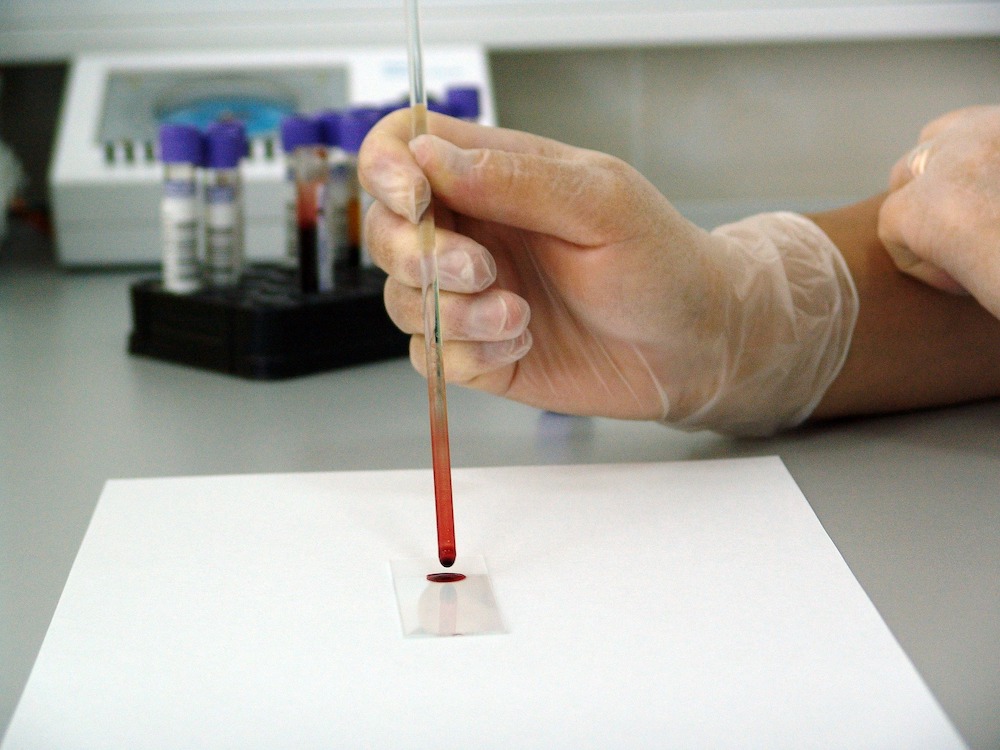 Health & Physiology
Health & Physiology
Tumor infiltrating immune cells predict patient outcomes
Tumor infiltration of a certain immune cell, a CD8 T-cell, is known to predict patient outcomes in many cancers, and we found that this same parameter predicts disease-free survival in kidney cancer patients. Our results suggest that these cells are maintained by stem-like cells that reside in densely populated immune outposts inside tumors.

There has been much investigation into the role of the body's immune system in fighting or promoting the development of cancer, and in recent years, one particular type of immune cell, the CD8 T cell, has been shown to be important for fighting cancer in many tumor types. These T cells are often described as 'killer' T cells due to their ability to kill infected or damaged cells. Many popular immunotherapies work by boosting these T cells, but little investigation has been done to understand why some cancers or some patients’ tumors may harbor many T cells, whereas others have very few. Our study sought to answer this question – why do some tumors have many T cells in them, while others do not? We studied the T cells in tumors from patients with kidney, bladder, or prostate cancer to answer this question. With these samples, we measured each patient's immune system's characteristics inside their tumor, such as by counting various immune cells or describing the features of these immune cells.
We first counted the number of CD8 T cells in each kidney cancer patient's tumor. When we did this, there was a wide variation in the number of T cells in patients' tumors. When we stratified patients into those with 'high' or 'low' CD8 T cell infiltration, we found that patients with high T cell infiltration had significantly improved disease-free survival. Therefore, these patients with many T cells in their tumors lived cancer-free for longer after surgery than patients with few T cells. Having made this observation, we then investigated why these patients had more or less T cells in their tumors. What we found was that CD8 T cells in a patient’s tumor are maintained by a subgroup of these cells that have stem cell-like properties. These stem-like CD8 T cells had been previously reported in mouse models, but in those studies were only found in lymphoid tissue, which is the specialized tissue that serves as a home base for the immune system. Thus, our finding of these stem-like CD8 T cells in the peripheral tumor tissue was novel and surprising, prompting further investigation into what other cells might associate with these stem-like CD8 T cells in tumors.
By developing and employing innovative quantitative imaging analysis techniques, we found that stem-like CD8 T cells in tumors are usually found in close proximity with another type of immune cell, called an antigen-presenting cell. These aggregates seemed to form a sort of immune outpost, wherein the immune system organizes a way to resupply the population of tumor-fighting T cells directly within the tumor tissue. When we assessed the density of these immune outposts—aggregates of stem-like CD8 T cells and antigen-presenting cells—in tumors, we found that this measurement predicted patient outcomes similarly to quantifying CD8 T cell infiltration. When patients had a high density of tumor immune outposts, they had significantly improved disease-free survival, whereas patients with sparse tumor immune outposts had inferior disease-free survival.
In summary, our study found that measuring CD8 T cells in tumors can predict patient outcomes. We suppose that the absence or loss of these immune outposts may explain T cells' paucity in some patients. Importantly, these findings may represent a new way of understanding how cancer can evade the immune system and provide a key context in future studies to understanding what may govern a patient's response to immunotherapies, such as immune checkpoint blockade.
Original Article:
Jansen C, Prokhnevska N, Master V et al. An intra-tumoral niche maintains and differentiates stem-like CD8 T cells. Nature. 2019;576(7787):465-470.Next read: Modern stressors of gut microbes by Emilie Viennois , Benoit Chassaing
Edited by:
Massimo Caine , Founder and Director
We thought you might like
One run a day keeps the...cancer away!
May 5, 2016 in Health & Physiology | 3.5 min read by Per thor Straten , Manja IdornObesity: The heavyweight of cancer
Apr 12, 2018 in Health & Physiology | 4 min read by Daniela Quail , Oakley Olson , Johanna JoyceEmpowering the immune system to fight against cancer
Oct 22, 2018 in Health & Physiology | 3.5 min read by Giovanni GermanoDrive out the “bad bugs” to prevent colon cancers
Oct 31, 2018 in Microbiology | 3.5 min read by Cynthia L. SearsMore from Health & Physiology
How obesity can improve the efficacy of cancer treatment: role of the sex hormone estrogens.
Dec 3, 2025 in Health & Physiology | 3.5 min read by Eloïse Dupuychaffray , Carole BourquinTobacco smoking and other exposures shut off cancer-fighting genes
Aug 31, 2024 in Health & Physiology | 3 min read by Jüri Reimand , Nina AdlerA hidden clock that times cytoplasmic divisions
Aug 30, 2024 in Health & Physiology | 3 min read by Cindy OwWhen two kinases go for a dance
Aug 2, 2024 in Health & Physiology | 4 min read by Ioannis Galdadas , Francesco Luigi Gervasio , Pauline JuyouxAwakening the thymus to cure SARS-CoV-2 infection: a matter of genes
Jul 27, 2024 in Health & Physiology | 3.5 min read by Stefano Marullo , Cheynier RemiEditor's picks
Trending now
Popular topics


